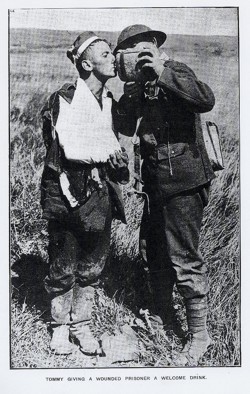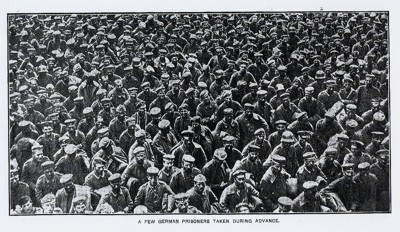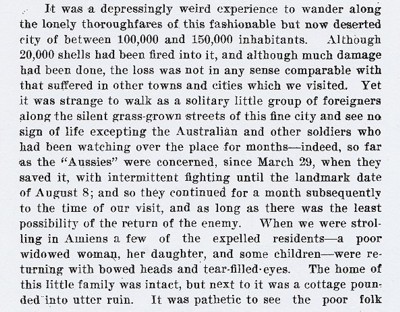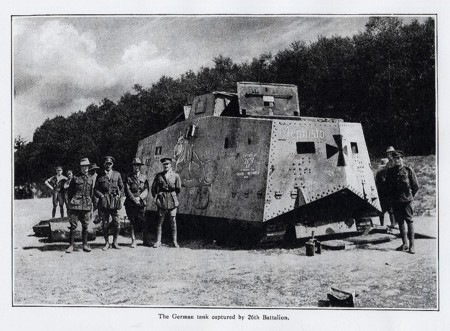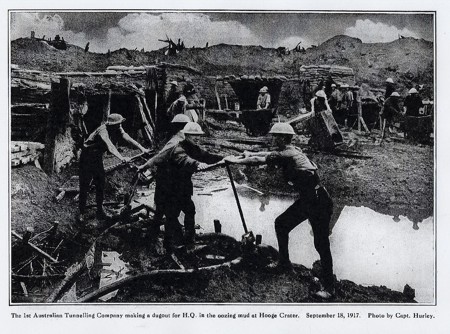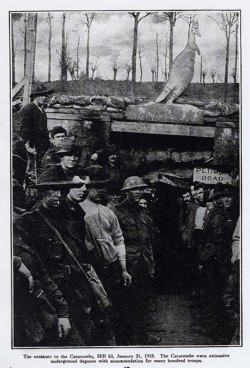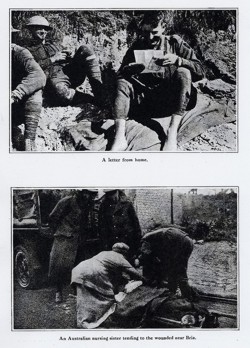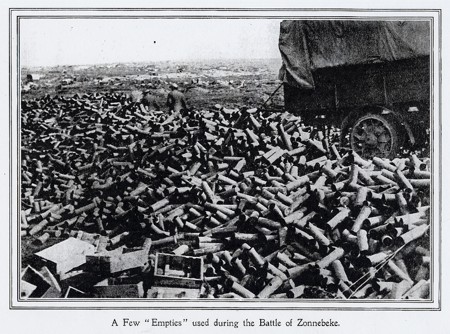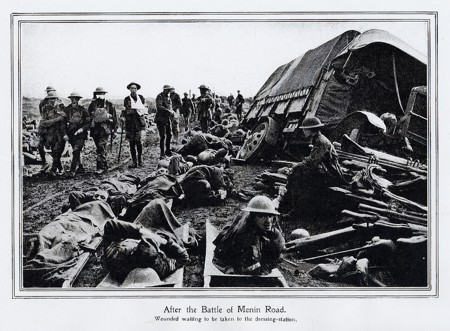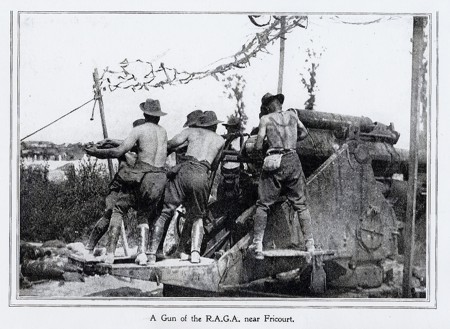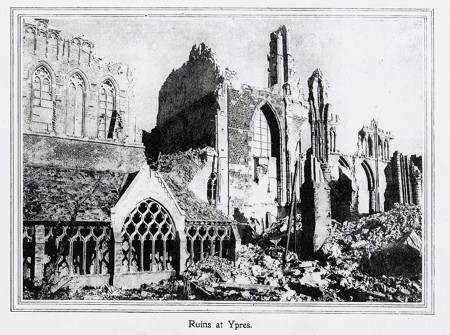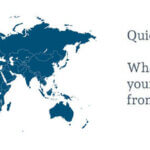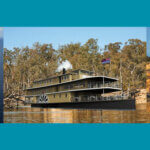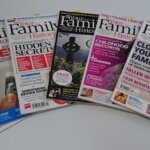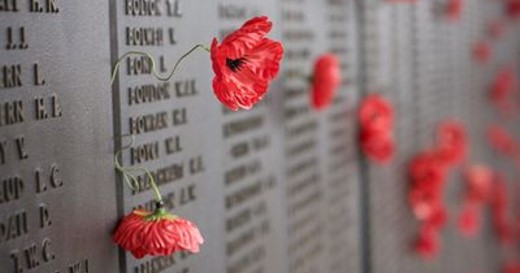 Remembrance Day – the 11th hour, of 11th day, of the 11th month (11th November 1918) the guns of the Western Front fell silent after more than four years of continuous war. Remembrance Day has attained a special significance in the post-war years. The moment when hostilities ceased on the Western Front has became universally associated with the remembrance of those who had died in the war.
Remembrance Day – the 11th hour, of 11th day, of the 11th month (11th November 1918) the guns of the Western Front fell silent after more than four years of continuous war. Remembrance Day has attained a special significance in the post-war years. The moment when hostilities ceased on the Western Front has became universally associated with the remembrance of those who had died in the war.
World War I had brought about the mobilisation of over 70 million people and left between 9 and 13 million dead, with as many as one-third of them with no known grave. The allied nations chose this day and time for the commemoration of their war dead.
To honour Remembrance Day we have three very special products that depict what World War I was really like, though their own photographs and words.
———————————————————————————————————-
The Roving Editors
Author: William Sowden
Media: 1 CD (302 pages)
ISBN: 9781921371684
Year: 2007
Item Code: AU0002
Price: $22.50
Link to website
This publication gives you a unique look at the the First World War through the eyes of a war correspondent. Well-known South Australian journalist, and editor of ‘The Register’ newspaper, William J. Sowden was one of a delegation of 12 Australian journalists (eight from NSW and Victoria, and one from each of the other states) chosen to travel the world and report on the war, and war activities. Published in 1919, this book details 40,000 miles of ‘hard travelling and reporting’. Many countries were covered, every transport method used, ship quarantines, lousy weather, and some very narrow escapes. It gives a very unique and personal perspective to what happened and what he saw.
Apart from those pictured below, you can find some more sample pages of this title here.

this was a German issued map, and every ‘speck’ stands for a British ship sunk as a result of U-boart warfare
———————————————————————————————————-
Australian War Photographs: A Pictorial Record from November 1917 to the End of the War
Author: Ed. Captain George H. Wilkins
Media: 1 CD (146 pages)
ISBN: 978192225876
Year: 2009
Item Code: AU0056
Price: $16.50
Link to website
The ‘Australian War Photographs’, is a book containing spectacular photographs from the end of 1917 to the end of the Great War. Showing over 150 graphic pictures, these illustrate many of the conditions and experiences in which the soldiers lived and fought.
The Introduction tells us ‘these photographs, many of them taken under heavy fire, set before us the actual scenery amid which some of the most thrilling acts in the great drama of the world war were played’.
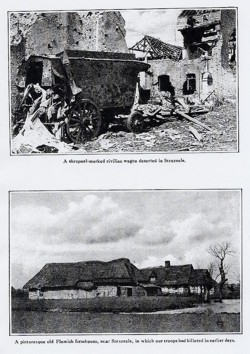
top: a shrapnel-marked civilian wagon deserted in Stazeele, France
bottom: picturesque old Flemish farmhouses near Stazeele, in which Australian troops were billited

top: Hospital Ward at No. 1 A.G.H. at Rouen, France
bottom: a batch of bread at an Australian bakery in Rouen, France
———————————————————————————————————-
From the Australian Front 1917
Media: 1 CD (127 pages)
ISBN: 9781742225449
Year: 2009
Item Code: AU0043
Price: $12.50
Link to website
‘From the Australian Front’ was published in 1917 when the ANZAC’s were approaching their fourth Christmas at war. This book, which is full of photographs and illustrations was published to:
‘…convey to those whom we left behind in Australia, and who we know are thinking of us, some idea of our surroundings on the battle fronts of the Australians, and which carries with it our whole-hearted hopes and good wishes for those at home…’ – General Birdwood, 1917
This publication includes over 120 pages of photographs and illustrations which depict the range of experiences of the Australian and New Zealand Army Corp in France. These evocative photographs show our soldiers on the battlefront, throughout the seasons, and in villages and towns such as Flanders and Pozières.
Seeing the images in these books gives you a whole new appreciatation for what the Anzac Diggers in World War I (including many of our ancestors) went through. The images are raw, and show soldiers rather candidly. They show bombs exploding, celebrations after captuing a town, ruins, diggin trenches, and so much more. These titles really will give you a new insight into World War 1, and what more can I say but…
LEST WE FORGET

